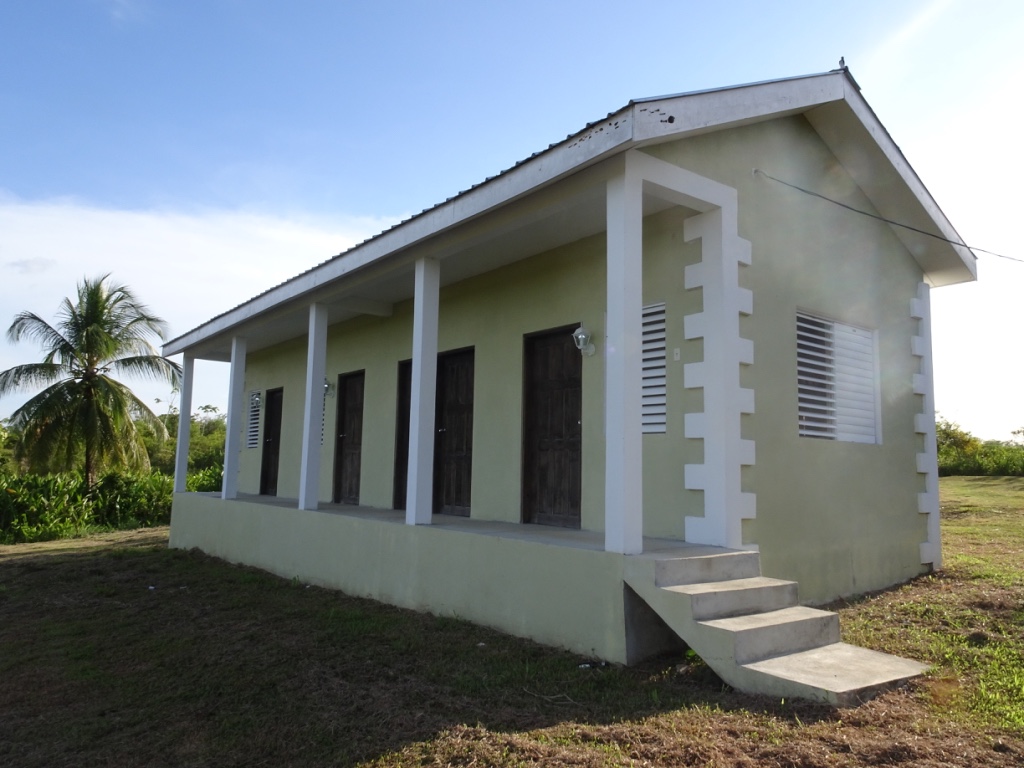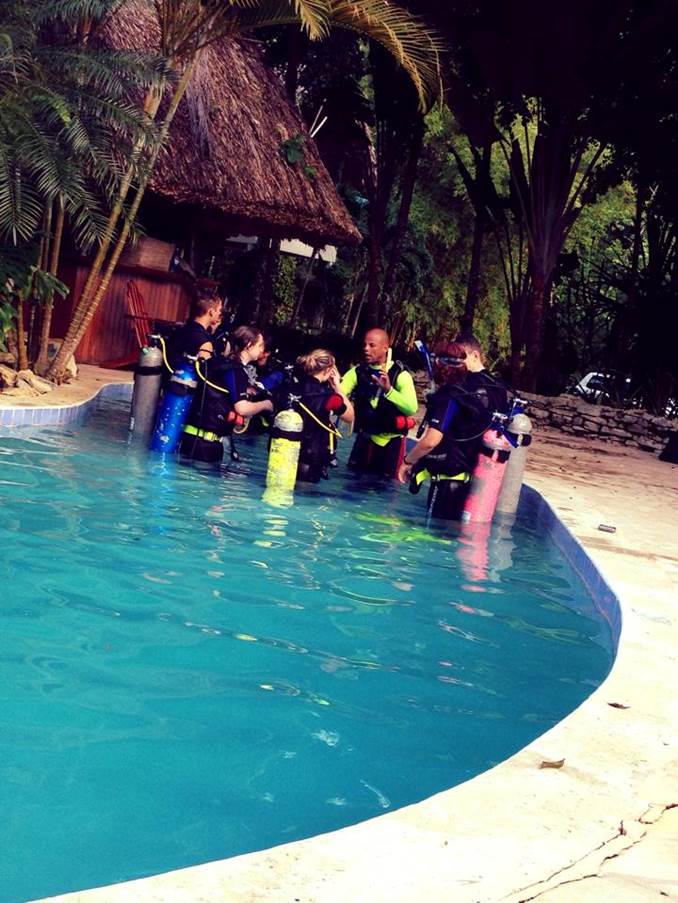


In order to host volunteers, the necessary physical and organizational infrastructure has to be in place. This includes, but is not limited to: accommodation; transportation; science equipment such as SCUBA gear, binoculars, and protective wear; health and safety equipment at all fieldsites; office equipment such as laptops and cameras; health and safety procedures, risk assessments and emergency plans; storage facilities; insurance policies; household and kitchen equipment.
For the R2R program, this process started two years prior to the program launch, when TIDE did an inventory of TIDE assets that could be utilized by future R2R groups. Where there were gaps, TIDE sought funding to better prepare for visiting groups. TIDE and R2R continue to invest in further infrastructure developments, for example in 2018 a new field station is planned that will open another of TIDE’s areas to visitors.
The key thing with this building block is to continue evaluating what infrastructure is in place, can currently be offered to groups, and what is needed for potential future groups. It is also important to review how effective these investments are. For example, what is the return on investment for more accommodation, larger vehicles, etc. Knowing this helps guide future investments.
The most important enabling factor to ensure that infrastructure development is successful, was good planning. It is important to anticipate how the program will develop in the future, and invest accordingly. For example, what groups are expected? Are we prepared and equipped to host them?
Another important enabling factor for R2R, is that TIDE has a good reputation for implementing pragmatic programs. The current climate of NGO funding is favorable to those seeking financial sustainability, so R2R has received grants to support its development.
Whilst R2R was developed with careful planning, it still faces challenges as it continues to develop. In particular, it was found that the intended target market is not now R2R’s largest portion of participants. It was anticipated that the majority of participants would be students looking to enhance their resume through fieldwork experience. The reality, is that some the more popular programs are those for university study abroad programs, families, and for individuals of all ages looking to ‘vacation with purpose’.
R2R has still managed to adapt gradually over time to these new groups, however some investments may have been made slightly differently from the off-set had more information been available at the time. For example, brand new SCUBA diving equipment was purchased in 2014 when R2R was anticipating a heavy focus on marine programming, however due to other factors, few groups have used this equipment to date. SCUBA is still an activity that is predicted to increase in the future, however the initial investment in 2014 was perhaps premature.